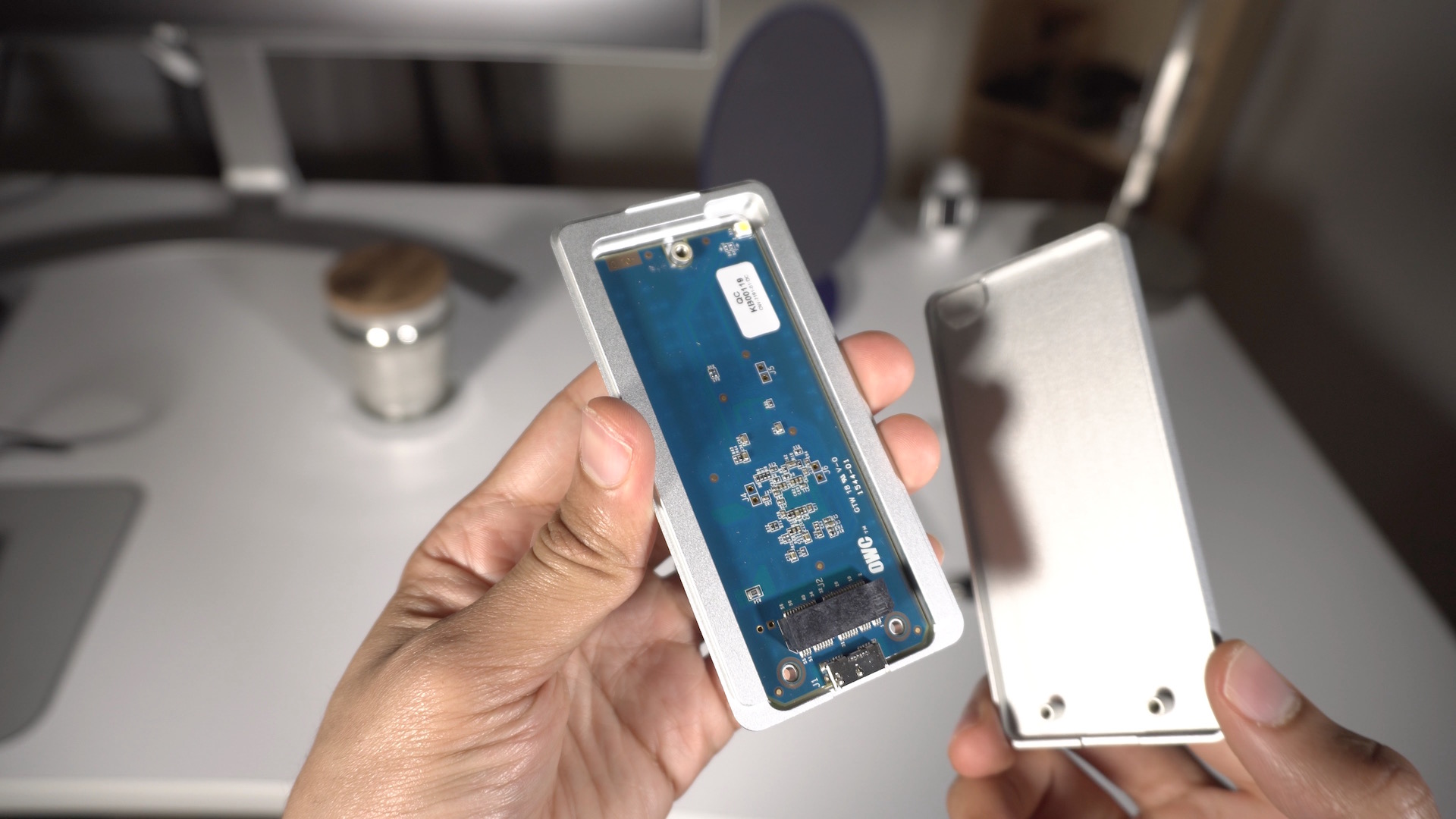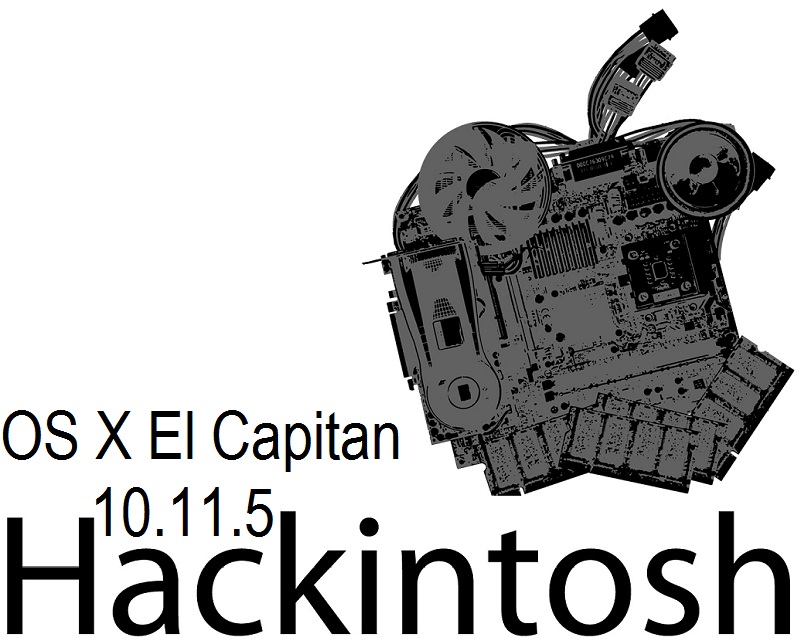Install El Capitan On New Ssd
OS X El Capitan (10.11) MacRumors attracts a broad audience of both consumers and professionals interested in the latest technologies and products. We also boast an active community focused on purchasing decisions and technical aspects of the iPhone, iPod, iPad, and Mac platforms. OSX El Capitan or newer (version 10.11 or higher): How to copy data to a Crucial SSD Shut down your system. When your screen has powered off, press your system’s power button then immediately press and hold the Command and R keys to reboot your Mac and have it go to a special window called OS X Utilities. Sep 30, 2015 Download El Capitan and install fresh the Mac OS without upgrading current Mac OS version The second method of installations is the clean install method. It basically erases the entire. The full guide on how to install an SSD into a macbook pro, create a bootable usb Yosemite drive and install it on the newly installed SSD.Terminal Commands.
Start up from macOS Recovery
Determine whether you're using a Mac with Apple silicon, then follow the appropriate steps:
El Capitan Install Dvd
Apple silicon
Turn on your Mac and continue to press and hold the power button until you see the startup options window. Click the gear icon labeled Options, then click Continue.
Intel processor
Make sure that your Mac has a connection to the internet. Then turn on your Mac and immediately press and hold Command (⌘)-R until you see an Apple logo or other image.
If you're asked to select a user you know the password for, select the user, click Next, then enter their administrator password.

Reinstall macOS
Select Reinstall macOS from the utilities window in macOS Recovery, then click Continue and follow the onscreen instructions.
Follow these guidelines during installation:
- If the installer asks to unlock your disk, enter the password you use to log in to your Mac.
- If the installer doesn't see your disk, or it says that it can't install on your computer or volume, you might need to erase your disk first.
- If the installer offers you the choice between installing on Macintosh HD or Macintosh HD - Data, choose Macintosh HD.
- Allow installation to complete without putting your Mac to sleep or closing its lid. Your Mac might restart and show a progress bar several times, and the screen might be empty for minutes at a time.
After installation is complete, your Mac might restart to a setup assistant. If you're selling, trading in, or giving away your Mac, press Command-Q to quit the assistant without completing setup. Then click Shut Down. When the new owner starts up the Mac, they can use their own information to complete setup.
Other macOS installation options
When you install macOS from Recovery, you get the current version of the most recently installed macOS, with some exceptions:
- On an Intel-based Mac: If you use Shift-Option-Command-R during startup, you're offered the macOS that came with your Mac, or the closest version still available. If you use Option-Command-R during startup, in most cases you're offered the latest macOS that is compatible with your Mac. Otherwise you're offered the macOS that came with your Mac, or the closest version still available.
- If the Mac logic board was just replaced, you may be offered only the latest macOS that is compatible with your Mac. If you just erased your entire startup disk, you may be offered only the macOS that came with your Mac, or the closest version still available.
You can also use these methods to install macOS, if the macOS is compatible with your Mac:
- Use the App Store to download and install the latest macOS.
- Use the App Store or a web browser to download and install an earlier macOS.
- Use a USB flash drive or other secondary volume to create a bootable installer.
Hi Blackcells:
Descargar solucionario boylestad 10 edicion pdf.
I assume that you have gone into 'System Preferences' > 'Startup Disk' and set it to your original drive in data doubler.
Try removing your new SSD and putting it in an external caseOWC external case or using a USB to SATA adapter USB to SATA adapter and connect it to your MBP via USB.
Open Disk Utility>Erase and format the SSD to Mac OS Extended (Journaled) and a GUID partition.

Then use a third party application such as Carbon Copy Cloner Carbon Copy Cloner (Not free, but worth the price) or Super Duper to copy all data from the internal HDD as well as the recovery partition.
Canon mg5300 series software.
The clone will be a exact copy of your hard drive and it will be bootable.
Boot the MBP with the OPTION key and select the new SSD.
Clean Install El Capitan
If it boots the MBP, perform the physical swap of drives.
Mac Os El Capitan Install
Kim
Staad pro v8i ss6 manual. Mar 9, 2016 4:07 AM